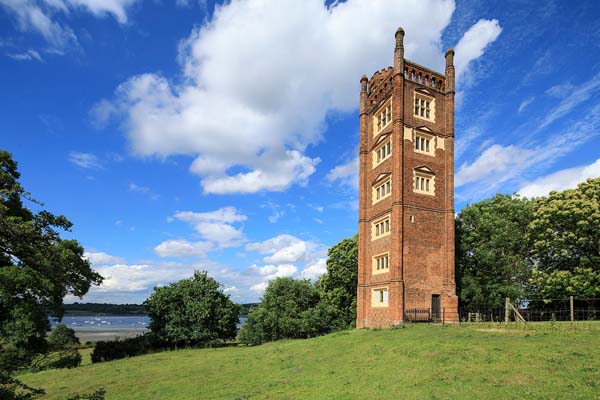
This tower is a six-storey Tudor folly looking out over the River Orwell and the Suffolk countryside. Nobody is quite sure why Freston Tower was built: a well-known tale is that it was designed for the education of Ellen de Freston, who studied a different subject on each floor. More probable is that it was built to mark Elizabeth's visit to Ipswich in August 1579.
Book your stay at Freston Tower here.
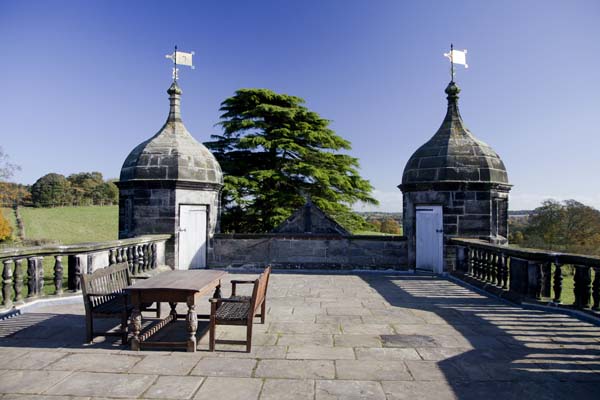
Equally eye-catching is Tixall Gatehouse in Staffordshire, one of the best examples there is of Elizabethan architecture. It once served a great house, where Elizabeth's cousin and ultimately her enemy Mary Queen of Scots was imprisoned for two weeks in 1586. The house was demolished long ago but its gatehouse today welcomes groups of four or six.
Book your stay at Tixall Gatehouse here.
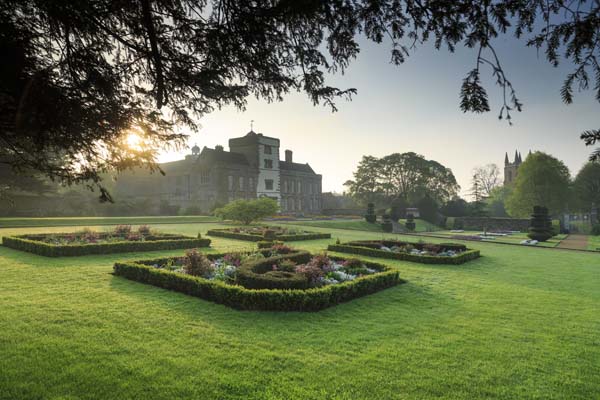
The Tower, Canons Ashby is another striking Elizabethan Landmark, built around 1560 in the first years of her reign. Symbolism was an important ingredient of Elizabethan architecture: images were used to convey messages of status, value, and history, and there is plenty on display in The Tower. It sits high above the tranquil setting of a popular and fascinating National Trust property in the Northamptonshire countryside.
Book your stay at The Tower, Canons Ashby here.
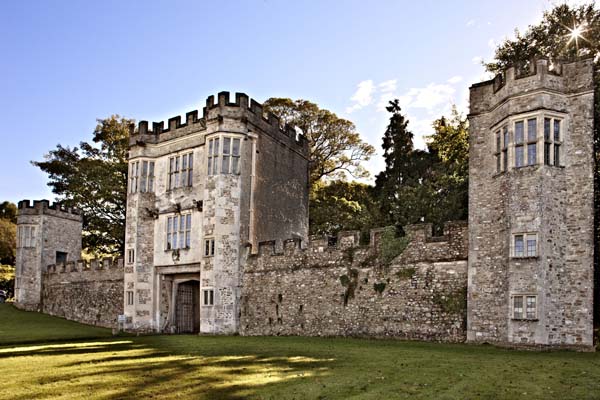
Built in the first few years of Elizabeth I's reign, this Landmark has the appearance of a toy castle, complete with corner turrets and crenelations. It guards the entrance to Shute Barton Manor, which houses the largest fireplace in England. Shute Gatehouse welcomes groups of 3 to 2.
Book your stay at Shute Gatehouse here.
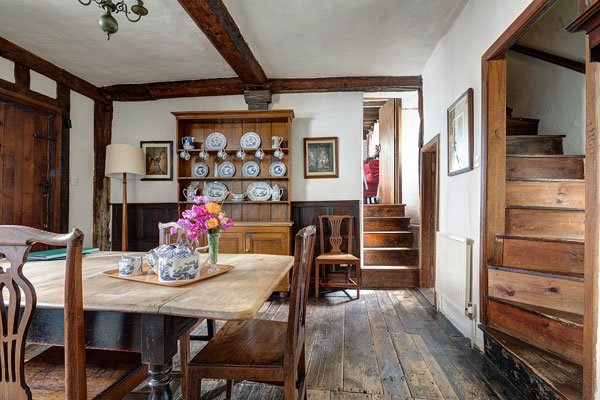
Peake's House stands in the Dutch Quarter, north of the High Street in Colchester. Flemish weavers settled in this part of Colchester in the 1570s, driven into exile by religious persecution. It was throughout this period that Colchester became one of the most successful wool towns in England. The late Elizabethan interiors of Peake's House provide a particularly atmospheric existence within its walls and provide a great base for exploring the oldest Roman town in Britain. Peake's House sleeps 4.
Book your stay at Peake's House here.